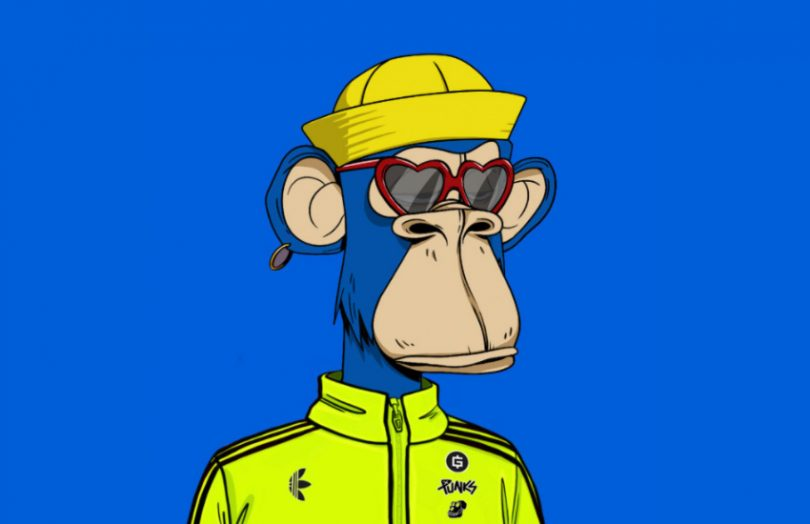
Viral Marketing
The term “viral marketing” was mentioned for the first time in 1993 by Douglas RushKoff in his book "Media Virus". That same term was later used to name the practice of sending advertisement emails (with the same content as paper advertisements that you keep receiving in your mailbox at home).
The operation was simple, at least in the nineties; as soon as we find a client interested in what we advertise, they will share it among their contacts with similar interests, spreading like a virus, and in turn, his contacts will do the same turning that advertisement viral.
Currently, the essence of viral marketing is the same. What has changed are the forms of consumption that users have adopted in the digital environment. In addition, the way users communicate is constantly changing, as is the technology that shapes all those apps we use to interact. What was a trend yesterday is outdated today.
The success of an advertising campaign is not guaranteed because users are increasingly demanding and know the mechanisms of marketing.
If you don't know what the viral phenomenon is, you can watch this video:
For the viral phenomenon to take place, these three steps must be taken:
Creation: For something to become viral it must first exist or someone must create it. Whether it's a dance, a meme, a song or any kind of action, one person will be the first to drive the viral phenomenon.
Replication: In order for it to become viral and not an isolated action, it must be replicated by different followers who in turn will attract new followers who will imitate the action of the first individual. The first follower will be the one who creates the tipping point, the one who breaks the ice by getting more followers to join.
Expansion: When individualism disappears, plurality appears. This is where the impulse appears and what a few used to do is now being done by many. Those individuals who had not joined the viral phenomenon end up participating because the community makes them not be the focus of attention and thus they will participate in something new that makes them socialize as a group and feel that they are a part of something common.
Not all viral marketing campaigns become viral phenomena. It is more likely that a spontaneous viral phenomenon appears, than one elaborated for this purpose.
What is obvious is that for a viral phenomenon to exist, it must have a leader and followers.
Leader: there must be a person (leader) who is the one who initiates the movement. At the beginning they dont know that they will be the leader or that they are generating a viral movement, and that is what makes them really authentic.
Followers: they are those who join the movement and act in the same way as the leader. For the movement to spread quickly, it has to be simple (like the dance in the video), and any follower should be able to replicate it.
The tipping point that leads to success is just as mysterious as the viral phenomenon. It doesn't matter if we have the best production team and the best professionals if we are not able to connect with our followers. Viral phenomena "appears out of nowhere" and has a social component, which is why we must study the audience we are going to target so that the success rate of our marketing campaign increases.
In the blockchain ecosystem, despite its short life, these types of phenomena also exist. Let's talk about Dogecoin (DOGE). Many of you will know the following meme:

For those who do not know it, it is a meme that was born in 2013, the same year as the Dogecoin (DOGE) cryptocurrency that is based on that meme. At that time, Bitcoin was involved in shady issues in the Dark Web and an IBM programmer , Billy Markus, wanted to create a cryptocurrency that had nothing to do with the Dark Web and that would become the currency of the people.
Dogecoin lived quietly among hundreds of cryptocurrencies until one day Elon Musk mentioned it on his twitter account and since then, with its highs and lows, the cryptocurrency has increased its value.
Something similar happened with Shiba Inu (SHIB). This cryptocurrency was created in 2020 by an anonymous developer named Ryoshi as an alternative to Dogecoin (DOGE) on the Ethereum blockchain. Elon Musk posted a photo of his dog, a Shiba breed, and the cryptocurrency grew so much a single wallet saw an increase in its value by 75 million USD in just five days.

Leaving cryptocurrencies aside, there are also cases of viral marketing in the NFT environment. It is more than likely that you read NFT and the image of a bored monkey is recreated in your head. Yes, that's right, Bored Ape is another of those mysterious phenomena that managed to go viral to such an extent that non-endemic brands like Adidas have decided to join the NFT trend and the metaverse.
And you, do you think that viral marketing is the cause of these success stories or that it is all luck?

